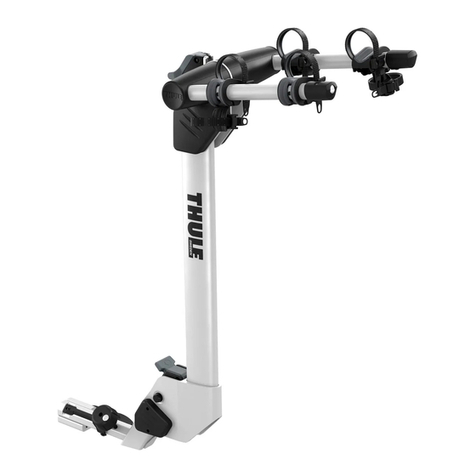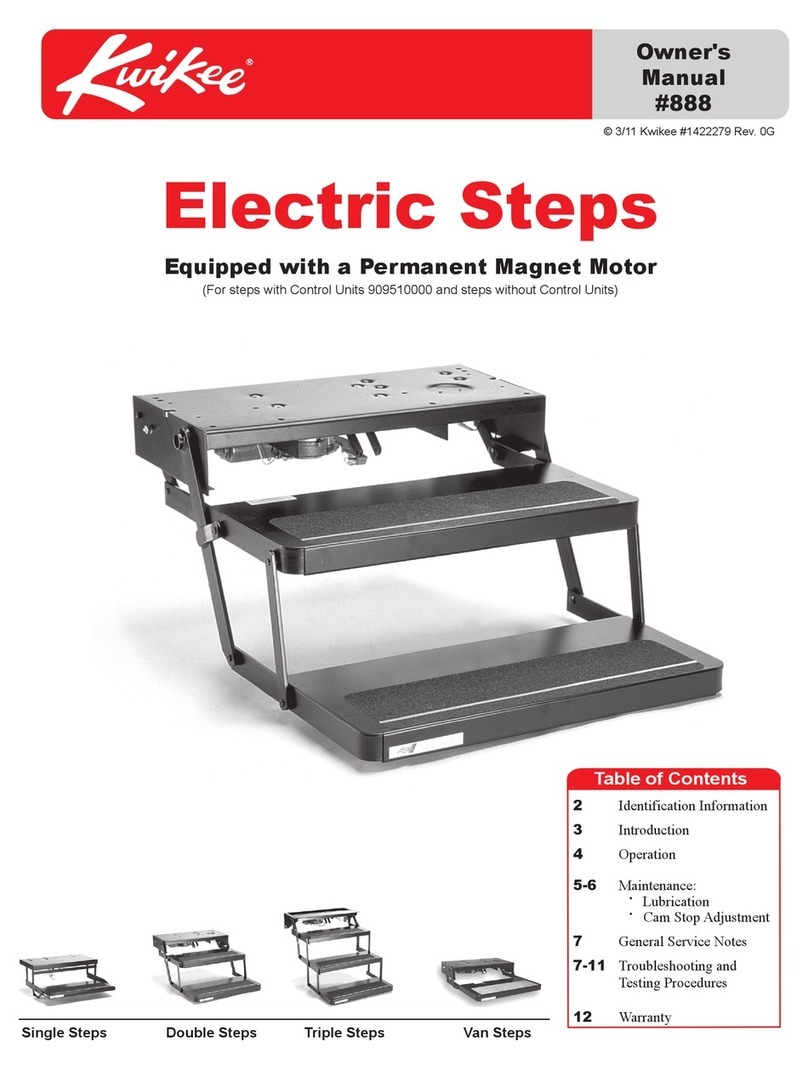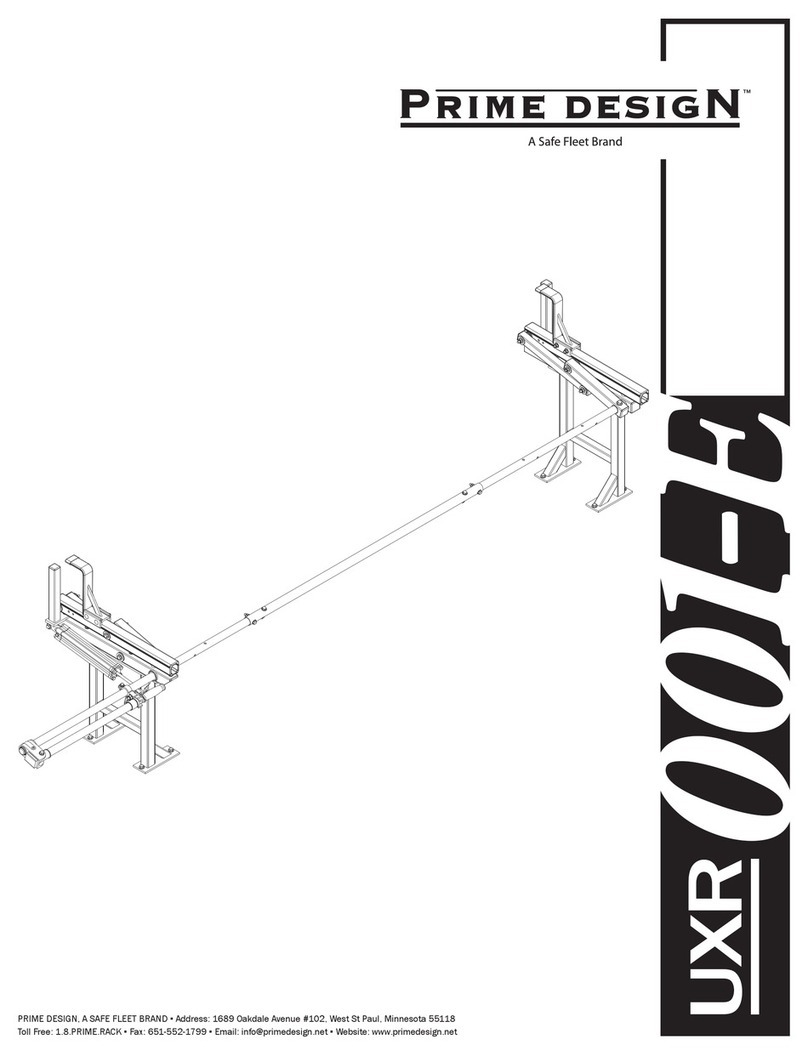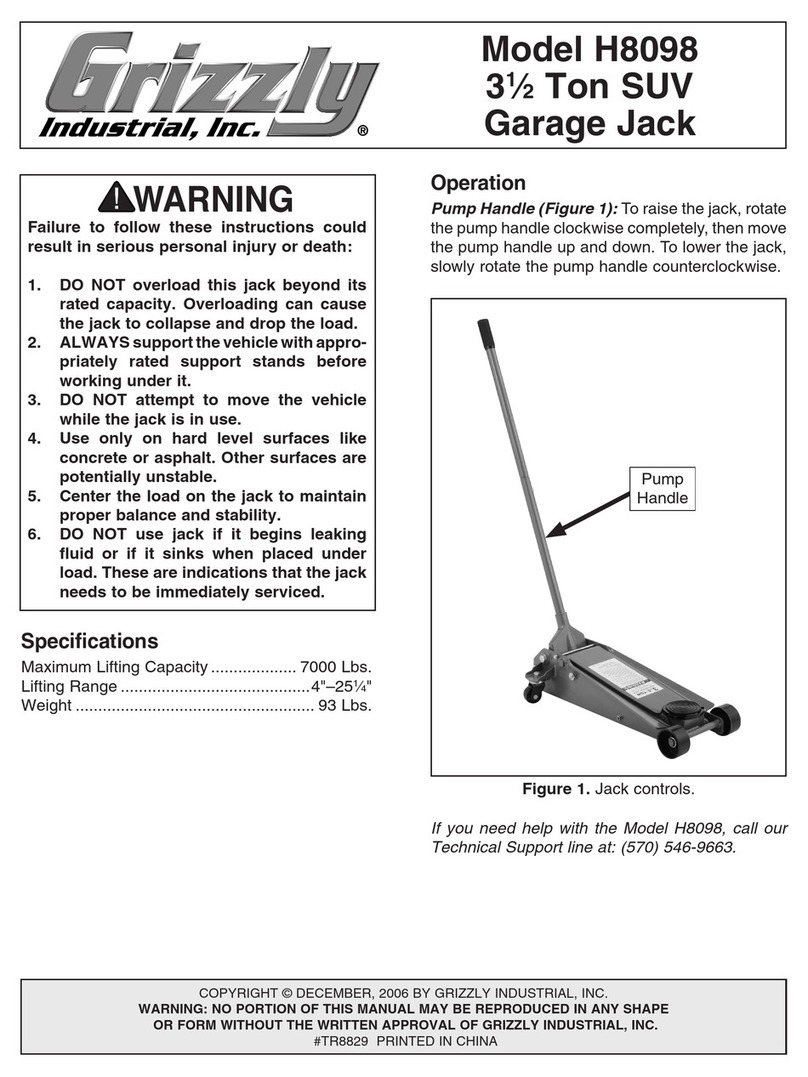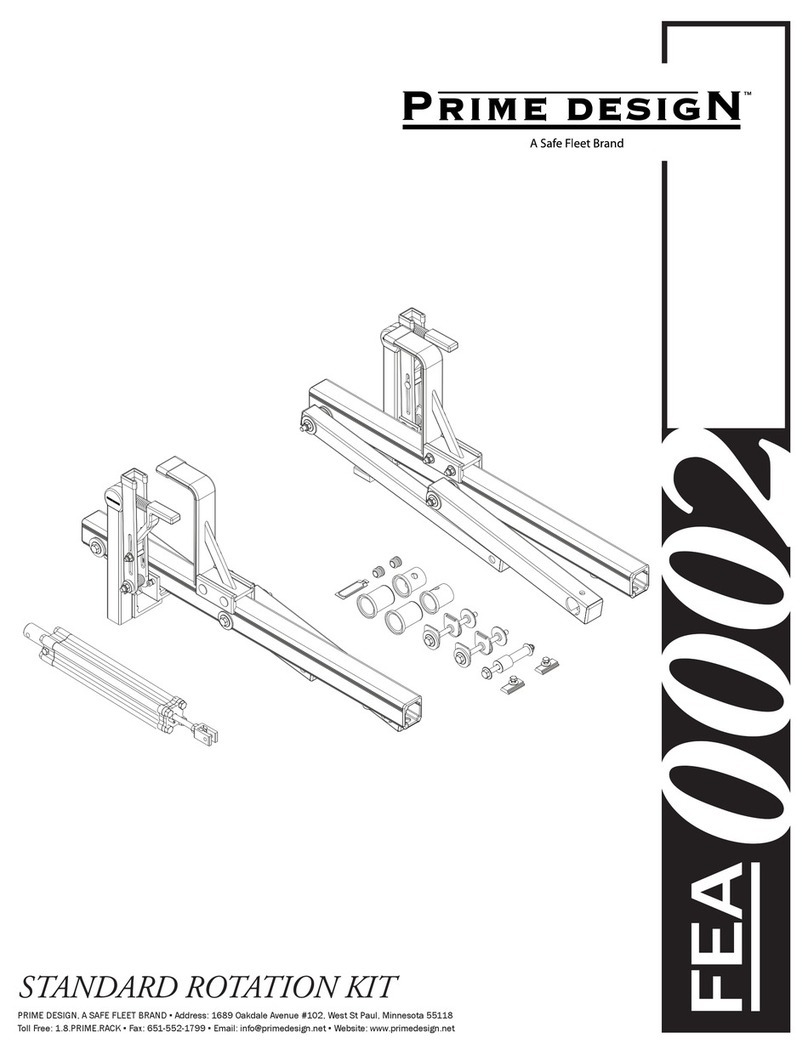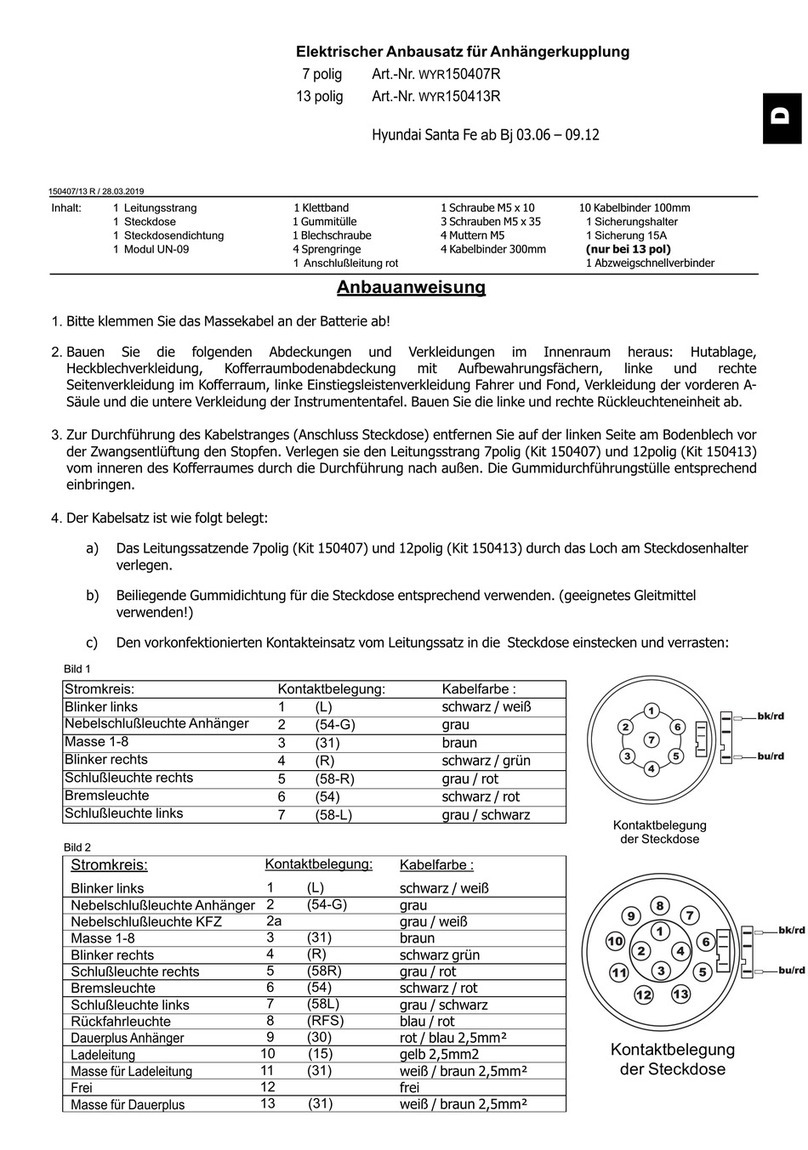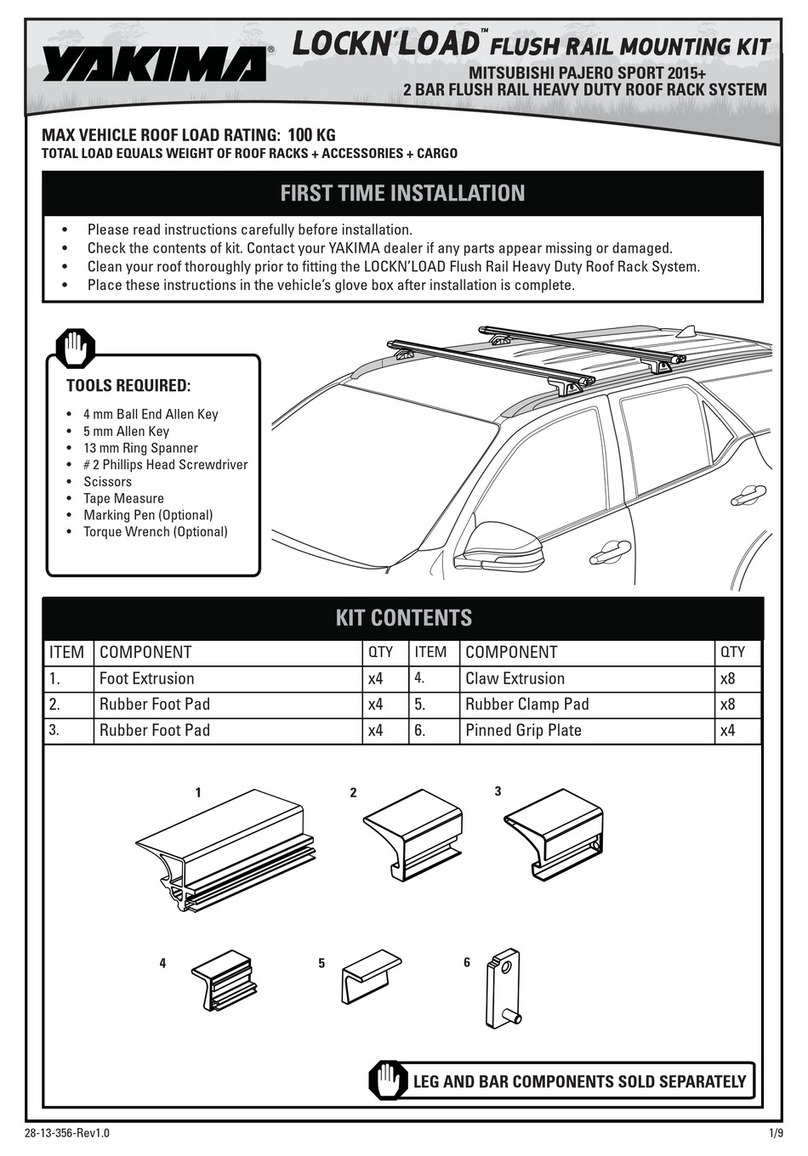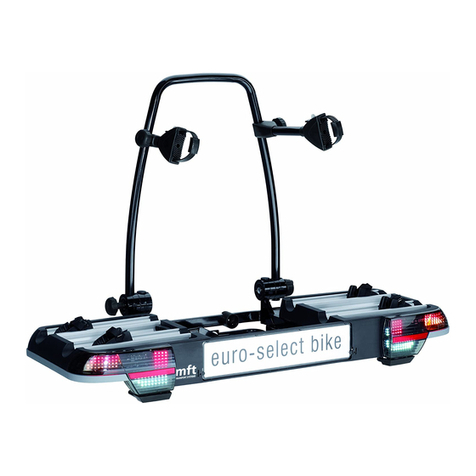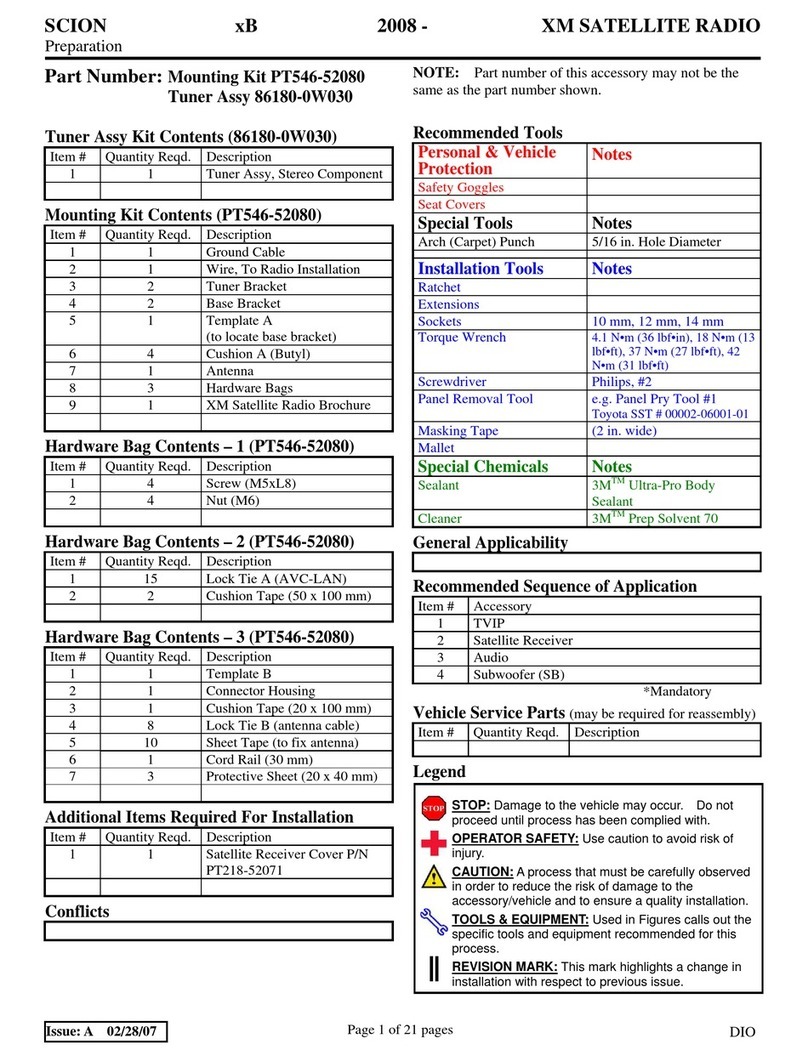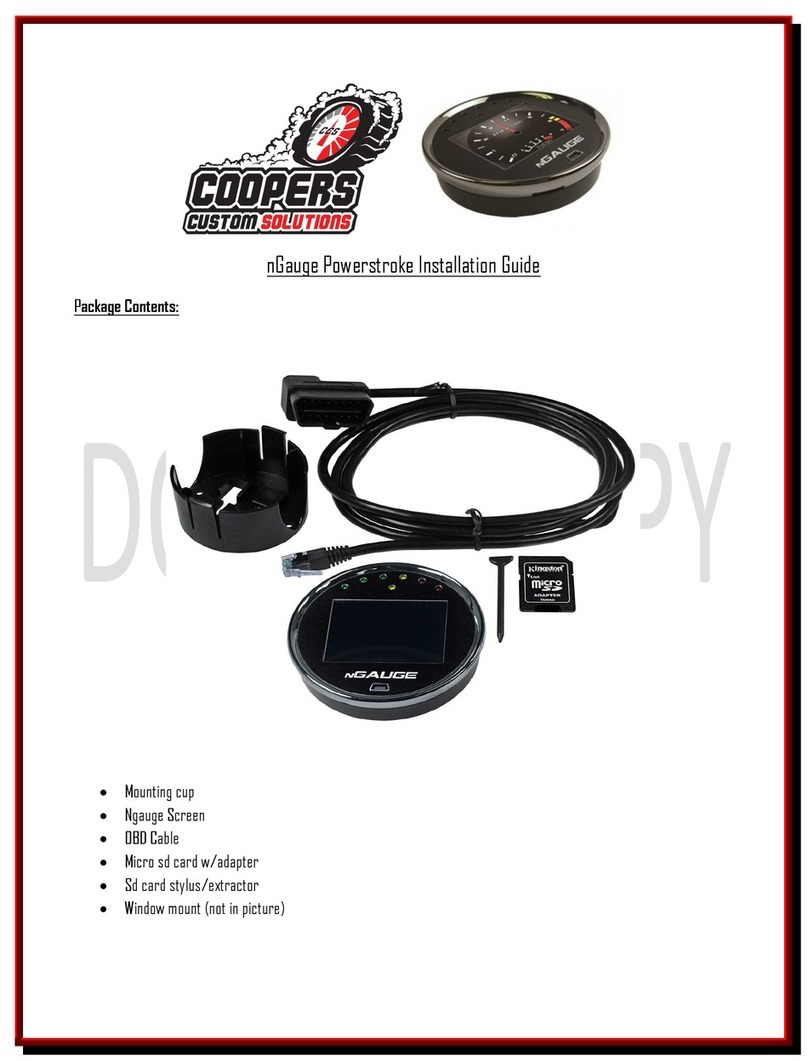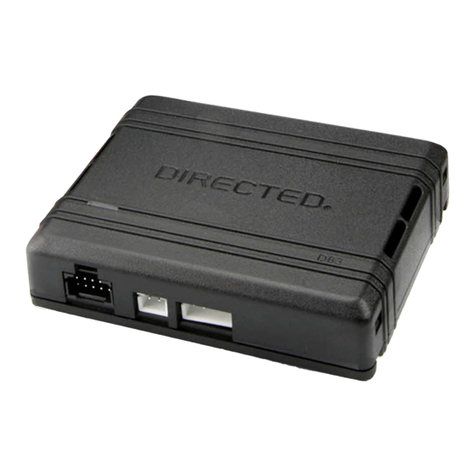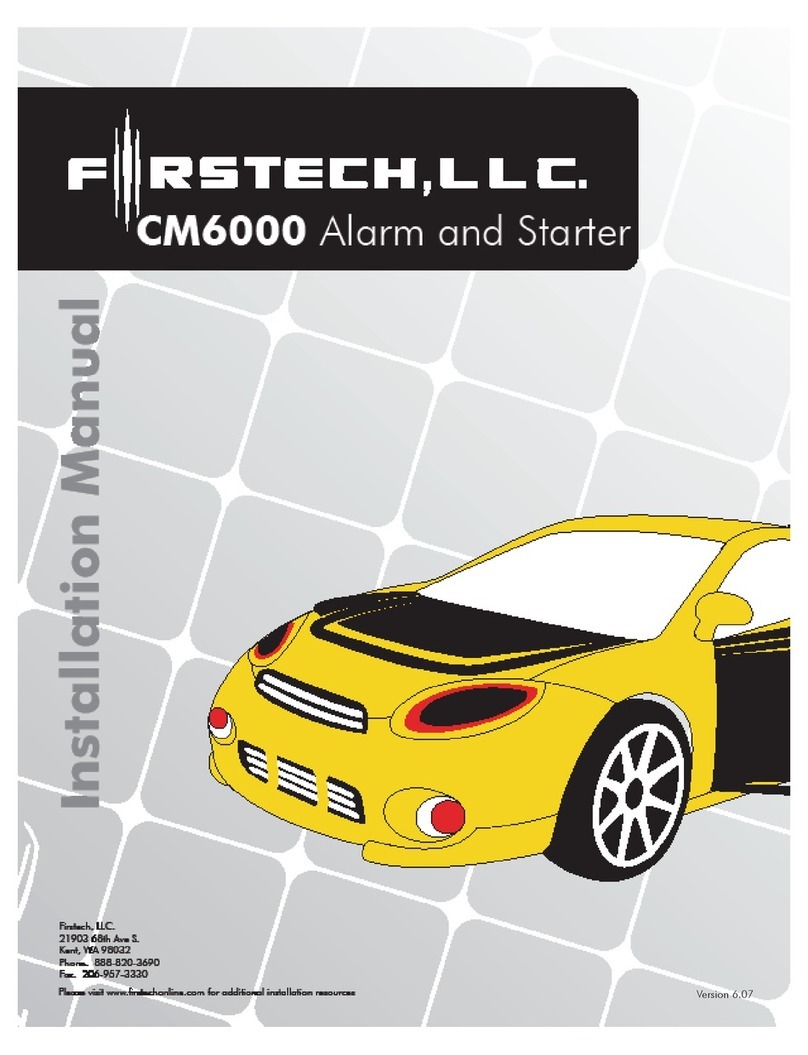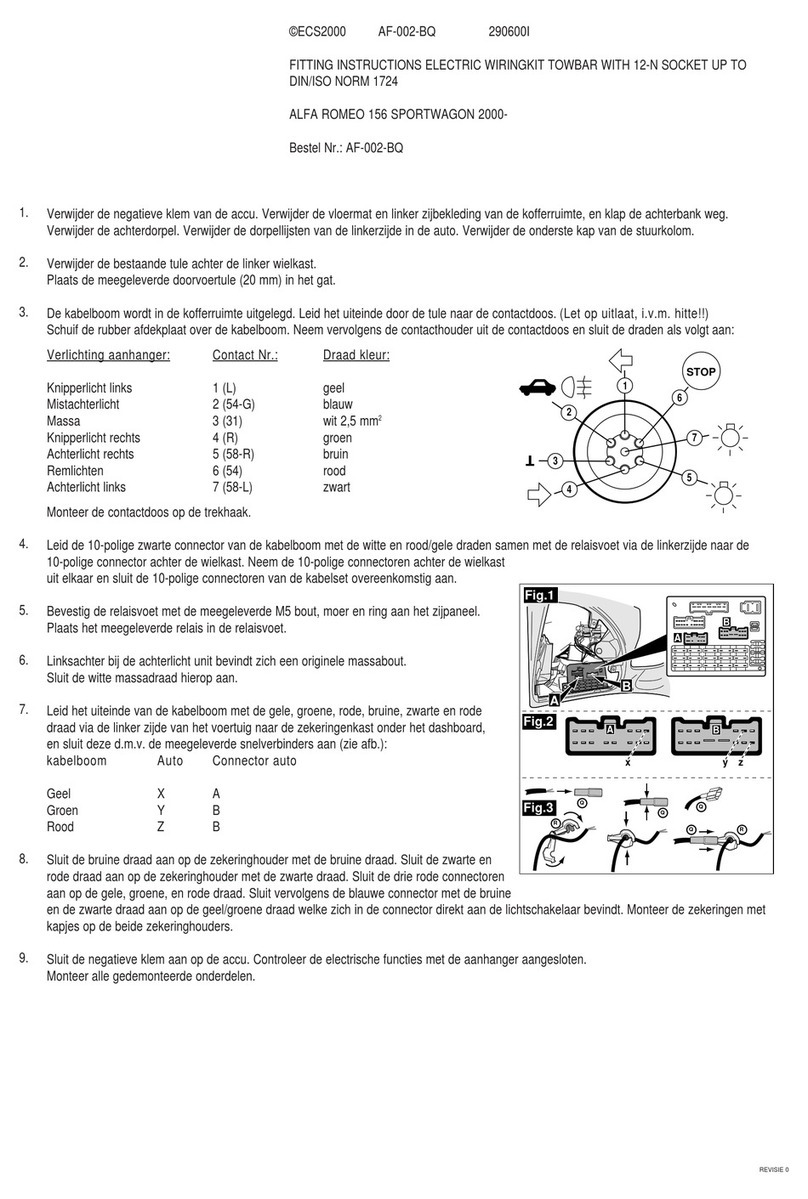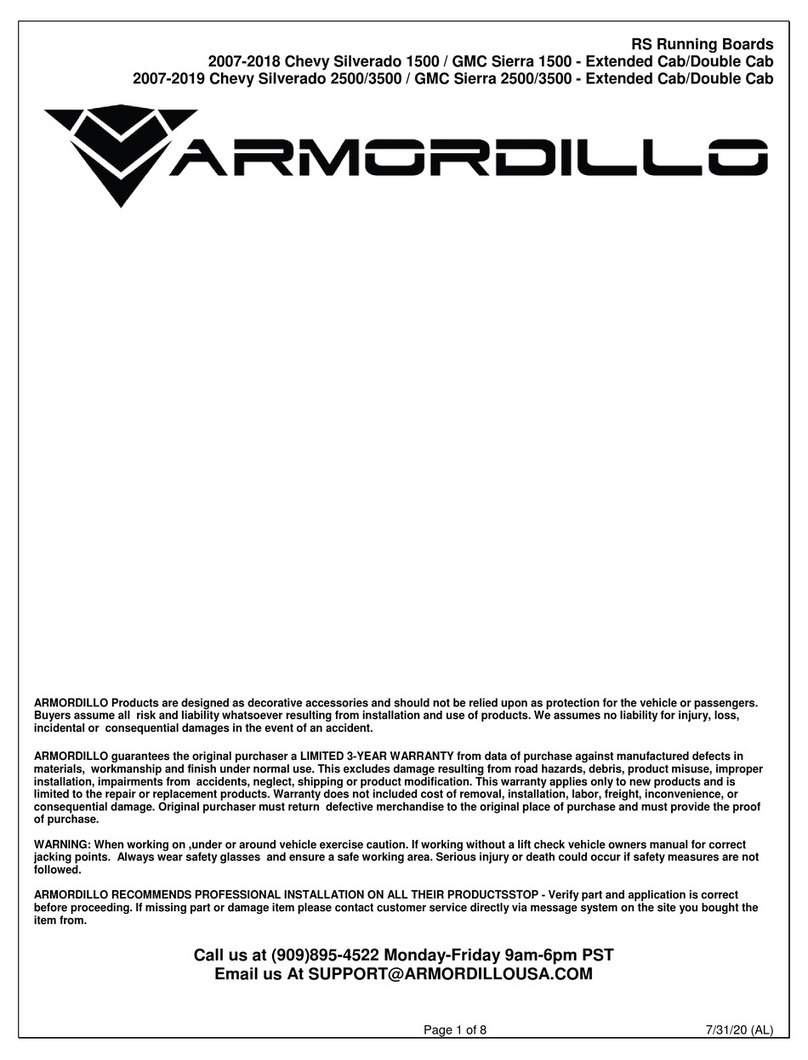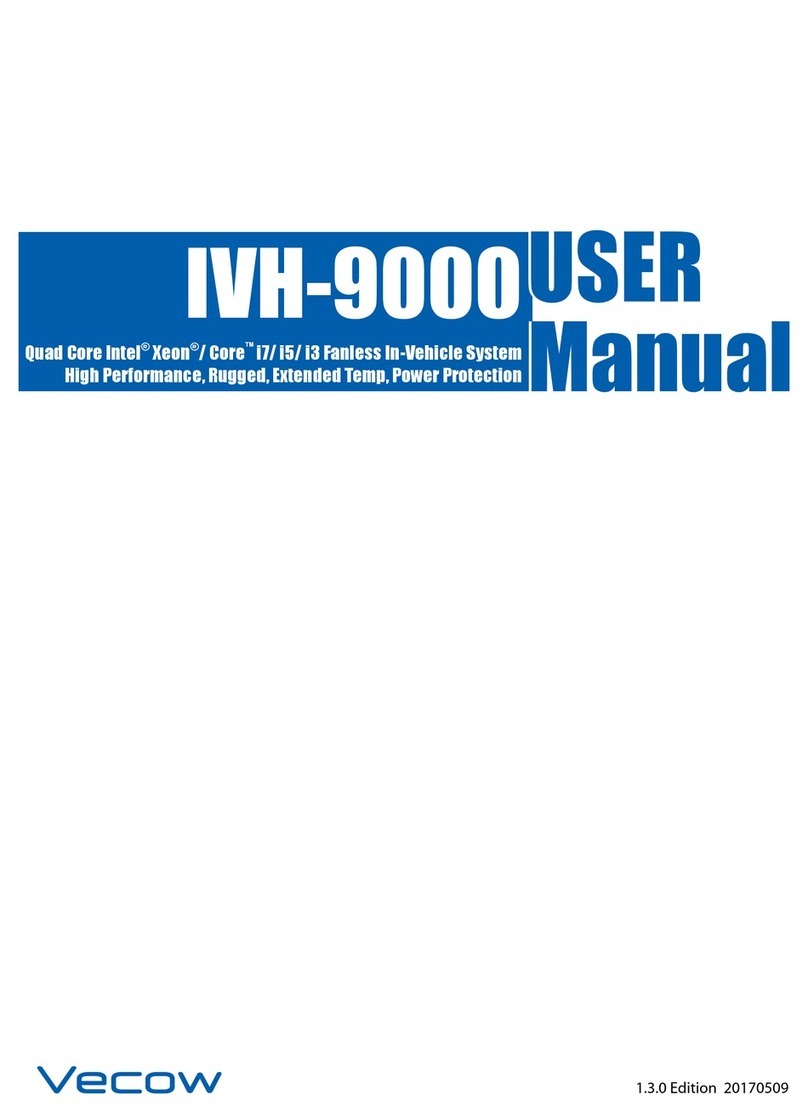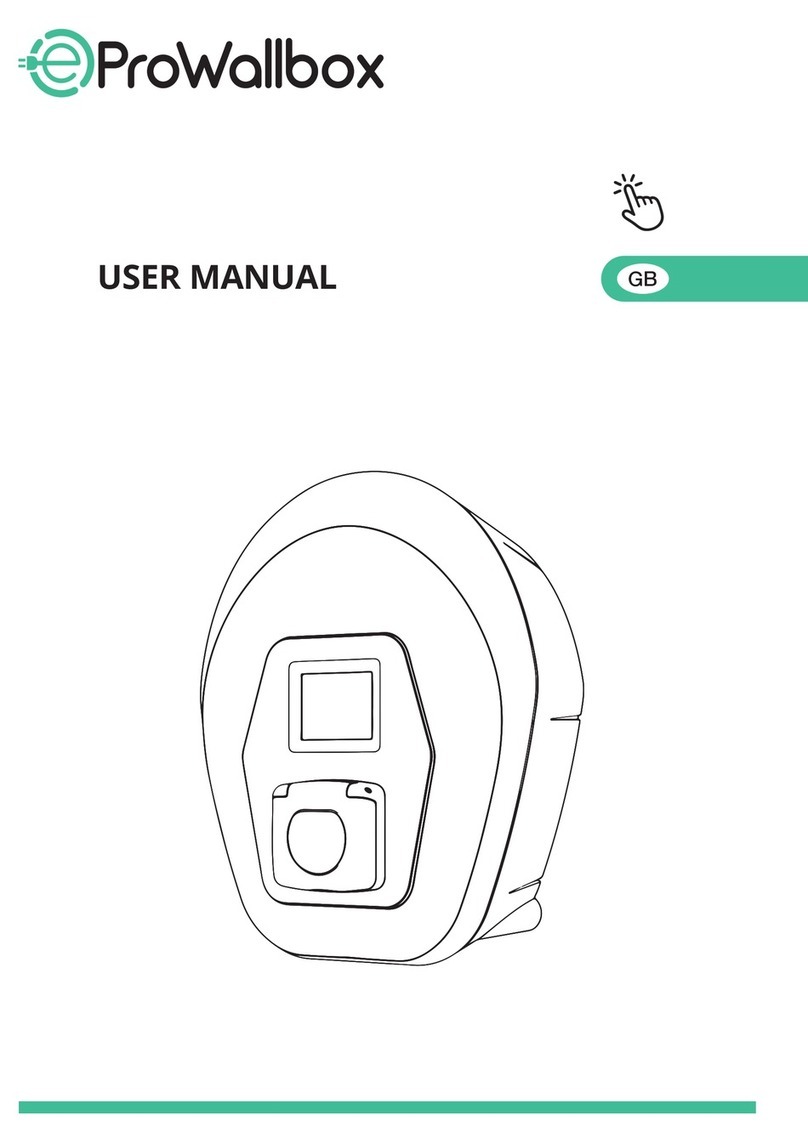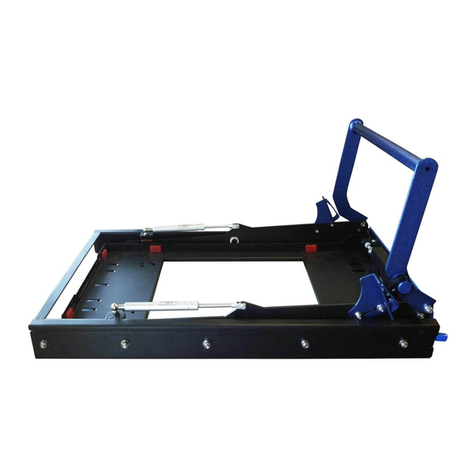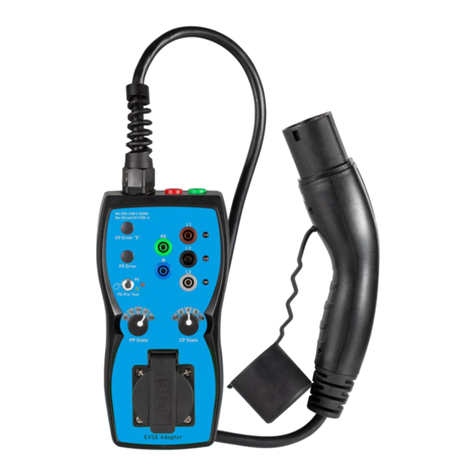bp pulse home User manual

pulse home
User Guide
Original Instructions
pulse home User Guide
Issue 1.0 Date of issue: 10/03/21

4Safety requirements
4Legal notices
4Limitations
4Safety instructions
5Connector recommendations
5Specications
6Introducing bp pulse
8Become acquainted with your new pulse home
10 pulse home status
11 Starting a charge
Tethered pulse home | Socketed pulse home | Function button | Congure WiFi
12 Welcome to the bp pulse network
14 Troubleshooting
Charger is ofine | Cable will not lock | Car is not receiving a charge |
The cable will not disconnect from the vehicle for tethered |
Loss of internet connection | The App will not connect to my home pulse
16 Resetting your pulse home charger via the distribution board
17 Maintenance
18 Decommissioning and disposal
18 Warranty
18 Service
19 Certication
Contents
Models covered by this manual:
HCW7T1 pulse home WiFi 7kW (Single Phase) Tethered Type 1
HCW7T2 pulse home WiFi 7kW (Single-Phase) Tethered Type 2
HCW22T2 pulse home WiFi 22kW (3 Phase) Tethered Type 2
HCW7S2 pulse home WiFi 7kW (Single Phase) Socket Type 2
HCW22S2 pulse home WiFi 22kW (3 Phase) Socket Type 2
3pulse home User Guide

Safety requirements
Before operating the pulse home, the user must read
and fully understand the safety instructions included
in the manual. Failure to follow the safety information
and instructions provided in this manual and displayed
on the device, may lead to electric shock, re,
severe injury and may damage device or/and vehicle.
Damage resulting from negligent actions are excluded
from warranty. Installation of the device must be
carried out by a qualied electrician in line with the
applicable regulations. The information within the
installation manual does not allow the user to overlook
responsibility in regards to the norms, standards or
local regulations that might apply. The pulse home
has been designed, developed and manufactured to
adhere to requirements, safety dispositions and norms
in accordance with the directives provided in the
Declaration of Conformity.
Limitations
This unit is designed for use in the UK, specically
with electrical and environmental conditions expected
in this country. It is intended for use with Electric
passenger vehicles. It is not to be used to provide
electrical charge to any other form of battery operated
vehicle that does not make use of Mode 3 charging.
Legal notices
The intention of this document is to be used as
guidance to operate the charger. bp pulse reserves the
right to make changes to the specications and the
processes of the device and documentation at any time
without prior notice. The product imagery displayed
throughout this document may not depict the exact
product and are for illustration purposes only.
The intended use of the product pulse home is to
enable the user to charge their electric vehicle through
the cable tethered or their own compatible cable.
bp pulse’s supply, installation and warranty of the
charger is subject to the terms and conditions set
out at the following locations:
For chargers supported by the OZEV Electric
Vehicle Homecharge Scheme Grant:
https://bpchargemaster.com/terms-and-
conditions-of-sale-olev/
For all other sales:
https://bpchargemaster.com/terms-and-
conditions-of-sale-non-olev/
bp pulse uses Open Source software in
some of its products, for information regarding
Open Source software please refer to
www.bppulse.co.uk/pulse-home-open-source
Safety instructions
• Regularly inspect the unit, wall mounting, cable
and plug. Do not operate if any type of damage
is observed, this includes cracks, corrosion,
breakage and any other type of physical defects.
• Know how to isolate the unit from the electrical
supply in case of emergency. Ask the installer
how to do so.
• In the event of a power isolation incident, always
inspect the unit before attempting to reuse it.
• Unauthorised modications or conversions are
not allowed.
• pulse home chargers can only be used under the
operating parameters specied at an ambient
temperature between -30ºC to 50ºC.
• Installation of the product should only be
completed by a trained electrician with the
correct installation instructions.
• Only an authorised specialist and qualied
personnel may open, disassemble, repair,
alter or modify the pulse device. Unauthorised
modication of the pulse equipment would render
the manufacturer warranty void.
• Do not touch or insert any object into the unit’s
connector pins or the pins on your vehicle’s
charging socket.
• Keep pulse home charger away from any harmful
chemical substances.
• Only use recommended cleaning products
(see Maintenance section).
• Take care when using a jet wash or pressure
washer near the unit.
• Do not jet wash or pressure wash the unit.
• Special precautions must be taken with electronic
implants. Please contact your medical device
manufacturer to nd out the potential effects
that the charging process may cause to it.
• Check your vehicle’s owner manual before
using your charger and follow the
manufacturer’s instructions.
• For socketed units, do not leave the cable
plugged into the socket when not in use.
• Ensure cables are stowed properly to prevent
tripping hazards.
• Only use the unit when the cable is completely
unwound – do not use while the cable is coiled.
• Where necessary or appropriate, disabled people
and people with health conditions or impairments
that affect their ability to use the product, should
only use the product under supervision and
instruction by a person responsible for their safety.
• Children must not play with or use the unit.
• The functionality of the RCD, which protects the
unit, should be checked at least every 3 months.
Connector recommendations
• Do not use cables if there is
any sign of damage or fraying.
• Do not use the charging cable with
an extension cable or an adapter.
• Unauthorised modications or
conversions are not allowed.
• Do not use extension leads or adapters.
• Keep the charging cable out
of the reach of children.
• For Tethered units that are not in use, store
the cable neatly around the unit and ensure
the plug is secured within the holster.
• The cable should NOT be strained under any
circumstances while connected to the vehicle.
• Never use force to disconnect the vehicle
connector from the inlet or the equipment
plug power outlet.
• Ensure the cable is unplugged
and stowed before driving off.
• Ensure that connectors are free from
dirt and other foreign matter before use.
Single Phase 3 phase
Input Supply: 220-240 VAC 50/60Hz 400 VAC 50/60Hz
Rated Current: 1P + N + E 32A @20°C 3P + N + E 32A @20°C
16 Amps 3.6kW 32 Amps 7.3kW 16 Amps 11kW 32 Amps 22kW
Electrical output to
vehicle:
220-240 VAC
50/60Hz
220-240 VAC
50/60Hz 400 VAC 50/60Hz 400 VAC 50/60Hz
General Specications
Tethered output connector
Type 1:
Output charging connector Type 1 on a 4.7m cable measured from the
point the cable exists the unit to the end of the Type 1 connector
Tethered output connector
Type 2:
Output charging connector Type 2 on a 4.7m cable measured from the
point the cable exits the unit to the end of the Type 2 connector
Socketed output connector
Type 2: Output charging connector Type 2
Safety and operational
ratings:
Operating temperature range -30°C to +50°C, Operating humidity range
5% to 95% non-condensing. Compliance to Standards, IEC 61851.
IP rating IP54
Operating frequency
bands, subject to network
connectivity:
WiFi frequency 802.11 b/g 2.4GHz
Tethered Socketed
Dimensions and weight: Shipping weight typically 6kg Shipping weight typically 4.6kg
Width 176mm Width 176mm
Nominal Height 495mm Nominal Height 495mm
Nominal Max Depth 161mm Nominal Max Depth 161mm
This electric vehicle charger is intended for domestic use to recharge the battery of an electric vehicle.
It is intended to be used outdoors, not for commercial use. It is intended for use with any electric
passenger vehicles.
Specications
pulse home User Guide
5

Introducing bp pulse
Congratulations and welcome to the bp pulse family! You have
now become part of the revolutionary network providing you with
innovative technology designed to simplify your charging needs.
Within this user guide we have provided the instructions for use of
your new pulse home, enabling you to charge your electric vehicle
effortlessly and securely, while also walking you through the bp pulse
network. Let’s get you charged!
pulse home User Guide
7

Become acquainted with
your new pulse home
What’s in the box …before we begin let’s take a look at what you have got.
For the latest version of the pulse home user manual please refer to
www.bppulse.co.uk/pulse-home-user-manual
Socketed Tethered
Status indicator
Task light The Type 2 socket is
located under the ap.
Lift the ap to access
the socket and plug
the connector from
the electric vehicle
into the socket
Function button on
rear surface – to
congure WiFi and
reset pulse home
Status indicator
Ambient light sensor
Ambient light sensor
Docking socket for
charging cable plug
When not in use
keep cable wrapped
around the unit
Charging cable
with connector
pulse home User Guide
9

Starting a charge
Tethered pulse home
1. Press the plug’s release trigger on the charging cable and then
remove the plug from the docking socket.
2. Fully uncoil the cable
3. Open the charging socket cover on your vehicle
4. Insert the charging cable plug into your electric vehicle (EV)
Function button
The Function button is located at the bottom of the unit on the rear surface.
With this button you can:
• Congure WiFi: press and hold down for 6 seconds and release
• Reset: press and hold down for 10 seconds and release
Socketed pulse home
1. Lift the ap to access the socket
2. Insert the charging cable plug into the electric vehicle before connecting to the
charging socket. Always make sure the plug is fully inserted into the socket.
Depending on the make and model of your EV, you may receive notication on your
vehicle’s dashboard (e.g. a sound, light or icon on dash etc.) to let you know your
pulse home is connected to your vehicle.
After completing these steps, charging will start. The green Status indicator will
illuminate to show your EV is charging.
pulse home status
Below are the main colours you will see on the Status indicator.
For additional information please visit www.bppulse.co.uk/pulse-home-support
Idle
Blue
Your pulse home
is ready.
Charging
Green
Your electric vehicle
is now charging.
Disabled
White
Your pulse home
is disabled. This
function can only
be set via the home
pulse app or portal.
Fault
Red
Your pulse home is in fault
mode. Do not try to charge
in this condition. Please refer
to troubleshooting guide for
further assistance.
pulse home User Guide
11

Congure WiFi
2Your bp pulse home will then set up a WiFi Access
Point. The WiFi Access Point network name will be
‘bppulse-’ followed by your charger’s serial number
at the end. For example, if the serial number of
your charger is ‘PH1234567’, the WiFi Access Point
network name will be ‘bppulse-PH1234567’.
6Select the Conguration tab to congure your
unit to connect to your home WiFi network.
3On your mobile device, go to the WiFi settings
and select the Access Point network name as
detailed above.
7Enter the network name and password
of the home WiFi Network.
4Once successfully connected to the charger’s WiFi
Access Point, you will be automatically redirected to
the log in page. Otherwise, open a web browser on
your mobile device and enter ’10.0.0.1’ into the web
browser’s address bar. You may be asked to accept
self-signed certicates.
If certicates display:
· First click on ’Advanced’
· Then click on ’proceed to xxxxx (unsafe)’
8Select the ‘Save’, to save changes.
10 Once your charger has completed its boot-up
sequence, it will connect to your home WiFi
network and you should be able to control your
charger using the bp pulse app and portal.
9Select ‘Reboot Device’ to apply congurations, the
charger will then reboot. Please allow 5 minutes for
the charger to complete the reboot process.
1Press and hold down the function
button for six seconds. 5Enter the login details and press ‘Connect’.
The default log in credentials are: Username: ’User’.
Password will have been provided prior to you
by bp pulse.
pulse home User Guide
13

Welcome to the
bp pulse network
Once your pulse home has been installed and is powered on, you
will be able to operate it through a mobile app and web account.
You can:
• schedule remote charging sessions
• obtain information about your usage
• view data about your charging sessions
and much more.
The charger has been specially designed to allow
remote access and manage the charging process by simple
commands, but rest assured you will always be able to just
plug in and charge, it can be as easy as that.
To get started with the mobile app and web portal,
please visit our website:
www.bppulse.co.uk
pulse home User Guide
15

Troubleshooting
Below are the basic troubleshooting instructions. For more detailed troubleshooting,
please visit www.bppulse.co.uk/pulse-home-support.
If there is any sign of damage to the unit or it looks unsafe in any way, power it down
immediately via the distribution board (see page 18) and contact our customer care
team on 0330 016 5126 or visit the contact page at www.bppulse.co.uk
Cable will not lock
Check the plug of the cable to make sure it is not damaged.
For socketed unit, check the socket on the charger to ensure
there is no damage or blockage.
Ensure that the vehicle is in the correct mode for charging.
Refer to vehicle user manual.
Make sure that the charger is in the correct status for charging.
(See page 10 of this manual).
Release the charging cable from your vehicle and wait approximately
20 seconds for it to reset. Then go through the ‘starting a charge’
process again.
Reset the unit – press and hold the Function button
for 10 seconds and release.
If resetting the charger does not release the cable, power down
the charger via the distribution board (please see Resetting your
pulse home charger via distribution page 16)
Ensure that the vehicle is in the correct mode to
be charged refer to vehicle user manual.
In this instance you may need to use the vehicles scheduling
capacity rather than the chargers.
We also recommend you use either the vehicle or the charger
to schedule charging but not both at the same time.
Car is not receiving
a charge
Ensure that the vehicle is in the correct mode for charging.
Refer to vehicle user manual.
Release the charging cable from your vehicle and wait 20 seconds
for it to reset. Then go through the ‘starting a charge’ process again.
Make sure that the charger is in the correct status for charging.
(See page 10 of this manual).
Check the plug of the cable to make sure it is not damaged.
For socketed units, check the socket on the charger to ensure
there is no damage or blockage.
The cable will
not disconnect
from the vehicle for
tethered units
Not all vehicles are
compatible with
scheduled charging
from the charger
Check that your mobile device has internet connection.
Check the FAQs section in the app for more information.
Check App settings to ensure you are connecting to the correct
charger via the settings section on the App.
Reset your pulse home by pressing and holding down the
Function button for 10 seconds before releasing. The pulse home
may take up to 10 minutes to re-connect to your home WiFi.
The app will not
connect to my
pulse home
Check your home WiFi router to ensure network is still available.
Reset your pulse home by pressing and holding down the Function
button for 10 seconds before releasing. The pulse home may take up
to 10 minutes to re-connect to your home WiFi.
Loss of internet
connection
pulse home User Guide
17

Resetting your pulse
home charger via the
distribution board
If your home charger fails to deliver charge to your electric vehicle,
the rst thing you should try is resetting it:
• Ensure only a damp cloth is used for cleaning
the pulse home
• Ensure the pulse home is kept clean
• For tethered types, ensure the cable is wound securely
on the pulse home unit using the xings provided
• Do not keep the cable plugged into the socket
for socketed units when not in use
• Do not jet wash the pulse home
1
2
3
4
5
Disconnect the charging cable from
your vehicle
Press down the function button for
10 seconds
If the issue persists, set the Circuit Protection
Device (CPD) of your charger in the distribution
board to the ‘Off’ position and leave in the ‘Off’
position for at least 10 seconds
Set the CPD to the ‘On’ position and allow
two minutes for the unit to complete its
start-up sequence
Once the unit powers up, the status indicator
will cycle though a sequence of colours, and
then return to IDLE
If there’s still an error after the reset, your unit may have developed a fault.
Please make a note of your unit’s serial number and contact our
customer care team.
If your pulse home incoming power supply is upgraded or
downgraded following initial installation, the output rating may
need to be altered.
Please contact customer care team on 0330 016 5126 or visit the
contact page at www.bppulse.co.uk, to arrange an engineer visit
to recongure your pulse home output rating.
Maintenance
pulse home User Guide
19

Decommissioning and disposal
The unit should only be removed by bp pulse certied engineers please contact customer services.
This symbol on the product(s) and / or accompanying documents means that used
electrical and electronic products should not be mixed with general household
waste. For proper treatment, recovery and recycling, please take this product(s)
to designated collection points where it will be accepted free of charge.
Disposing of this product correctly will help save valuable resources and prevent
any potential negative effects on human health and the environment, which could
otherwise arise from inappropriate waste handling.
Please contact your local authority for further details of your nearest designated collection point.
We are part of the Valpak waste disposal scheme, contact number 0345 068 2572.
Warranty
This unit has a warranty for a period of 3 years from the date of installation, provided that the unit has
not been tampered with and has been maintained correctly.
The unit warranty does not cover against incorrect use. This warranty does not affect the statutory
rights of the consumer. The warranty provided by bp pulse is subject to the terms and conditions
found below.
For chargers supported by the OZEV Electric Vehicle Homecharge Scheme Grant:
https://bpchargemaster.com/terms-and-conditions-of-sale-olev/
For all other sales: https://bpchargemaster.com/terms-and-conditions-of-sale-non-olev/
Service
If you need any extra support, not to worry, our customer care team are here to help!
Contact our customer care team on 0330 016 5126, visit the contact page at www.bppulse.co.uk
or email us at heretohelp@bp.com
Further instructions can be found on our website www.bppulse.co.uk
Certication
This unit is certied to meet the requirements of The United Kingdom
and European Union with the following product marks:
Page1
Confidential
EU Declaration of Conformity
Document Ref no: DoC-EU-02
We,
Manufacturer: BP Chargemaster Ltd (trading as bp pulse),
Manufacturer’s address: Breckland, Linford Wood, Milton Keynes, MK14 6GY, UK.
declare under our sole responsibility that the product,
Equipment: Electric Vehicle Charging Station
Model: pulse home
is in conformity with the provisions of the European Union Directives mentioned in this
document.
Electromagnetic Compatibility Directive (2014/30/EU)
Harmonised Standards:
EN 301 489-3 V2.1.1
EN 301 489-17 V3.2.1
EN 301 489-52 V1.1.1
Low Voltage Directive (2014/35/EU)
Harmonised Standards:
EN 61851-1:2019
IEC 61439-7:2018
EN 62311:2008
Radio Equipment Directive (2014/53/EU)
Harmonised Standards:
EN 300 330 V2.1.1
EN 300 328 V2.2.2
EN 301 908-1 V13.1.1
RoHS Directive (EU 2015/863)
Antanas Macius
______________________________
(Name)
Chief Technology Officer
_____________________________
(Position in the company)
______________________________
(Signature)
______________________________
(Issue date)
Page1
Confidential
UK Declaration of Conformity
Document Ref no: DoC-UK-02
We,
Manufacturer: BP Chargemaster Ltd (trading as bp pulse),
Manufacturer’s address: Breckland, Linford Wood, Milton Keynes, MK14 6GY, UK.
declare under our sole responsibility that the product,
Equipment: Electric Vehicle Charging Station
Model: pulse home
is in conformity with the provisions of the European Union Directives mentioned in this
document.
Electromagnetic Compatibility Regulations 2016
Designated Standards:
EN 301 489-3 V2.1.1
EN 301 489-17 V3.2.1
EN 301 489-52 V1.1.1
Electrical Equipment (Safety) Regulations 2016
Designated Standards:
EN 61851-1:2019
IEC 61439-7:2018
EN 62311:2008
Radio Equipment Regulations 2017
Designated Standards:
EN 300 330 V2.1.1
EN 300 328 V2.2.2
EN 301 908-1 V13.1.1
RoHS Regulations 2012
Antanas Macius
______________________________
(Name)
Chief Technology Officer
_____________________________
(Position in the company)
______________________________
(Signature)
______________________________
(Issue date)
pulse home User Guide
21

To nd out more:
Visit us: www.bppulse.co.uk
Email us: heretohelp@bp.com
Call us: 0330 016 5126
pulse home
pulse home User Guide
23

bp pulse Ltd., Breckland, Linford Wood,
Milton Keynes, MK14 6GY
To nd out more:
Visit us: www.bppulse.co.uk
Email us: heretohelp@bp.com
Call us: 0330 016 5126
pulse home
Table of contents
